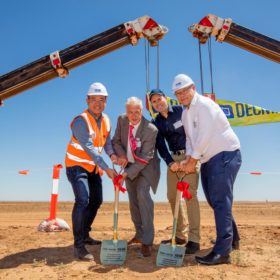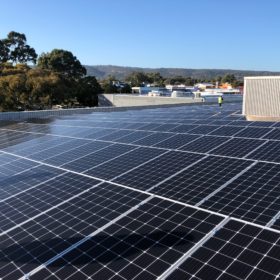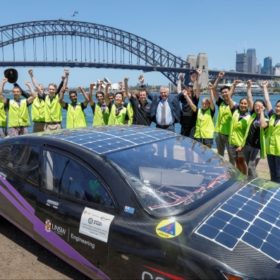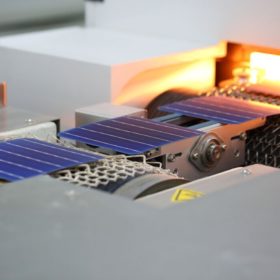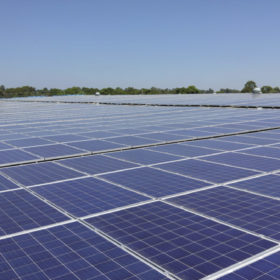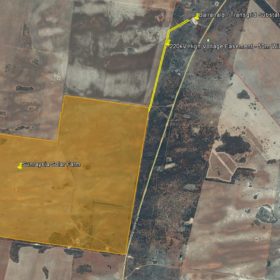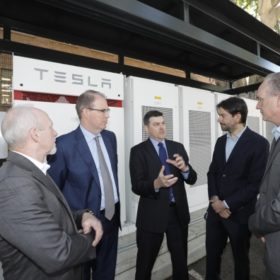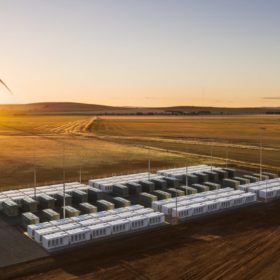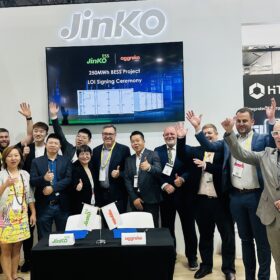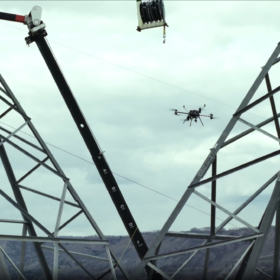Decmil breaks ground on 255 MW Sunraysia Solar Farm
Maoneng Australia, John Laing and Decmil have hosted a sod-turning ceremony on-site in Balranald, NSW. The developer has confirmed the solar farm will be co-located with a large-scale grid connected battery, and stated its plans for an additional 500 MW of solar and energy storage to be added in line with the proposed SA-NSW interconnector.
Melbourne trial looks to beef up grid for rooftop solar boom
A $2.2 million trial run by Jemena, AusNet Services, and UNSW Sydney will explore how existing network infrastructure can better integrate with solar power, as Australia’s rooftop PV uptake goes from strength to strength.
Australia’s PV rooftop potential of 43 GW to 61 GW revealed
2018 has been a watershed year for Australia’s PV sector, with the surge to rooftop solar uptake making the country the residential-PV capital of the world. And there’s a considerable potential room for growth, a whopping 50 GW a new study has found.
UNSW Sunswift solar car sets Guinness World Record for efficiency
The UNSW Sunswift solar car team has set a new record for the lowest energy consumption while driving across Australia in an electric car. The team completed the journey between Perth and Sydney two days ahead of schedule with the car’s energy consumption on the journey came in well below the previous record.
UNSW, Leadmicro to partner on ALD for PERC production
UNSW Sydney has partnered with Leadmicro to develop the next generation of PERC solar cells and fast-track their time to market. The Chinese PV production machinery manufacturer is donating $1 million Atomic Layer Deposition (ALD) reactor to UNSW to test and adapt a new process for PERC cell solar cell production.
Nextracker to supply 255 MW Sunraysia Solar Farm
EPC contractor Decmil Group has selected Nextracker’s NX Horizon solar trackers for the 255 MW Sunraysia Solar Farm, one of Australia’s largest solar farms located in New South Wales.
Long read: From rooftops to innovative PPAs: Australia’s universities go solar
Major universities across Australia are turning to solar PV to bring down energy costs, and to show leadership on climate change. In addition to deploying rooftop arrays across campuses, they are now developing their own renewable energy assets and coming to inventive financial arrangements, emerging as torchbearers in this booming corporate PPA market.
Maoneng secures financing for 255 MWp Sunraysia Solar Farm
In addition to securing debt financing from a consortium of banks, the Australian-Chinese renewables developer has entered into a long-term equity partnership with global infrastructure investor John Laing for the investment and development of the Sunraysia Solar Farm. John Laing confirmed it will invest $108.6 million in the project, taking a 90.1% stake.
Tesla battery installed at UNSW campus
The University of New South Wales has unveiled a 500 kWh Tesla Powerpack battery at its campus as part of a ten-year energy research trial in partnership with NSW’s electricity transmission network operator TransGrid.
Australia burns while politicians fiddle with the leadership
UNSW’s ARC DECRA Fellow Sophie Lewis and research fellow Sarah Perkins-Kirkpatrick chart a decade-long failure of Australian emissions reductions policy as evidence of extreme weather events and climate change impacts mount.
